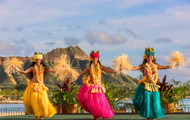8 Little-Known Facts About Native Hawaiians
Posted by Anna on 3rd Apr 2023
How much do you know about the Hawaiian people? Read on for 8 interesting facts about Native Hawaiians to find out more about them.
Hawaiians of Native Blood Are a Race of Humans
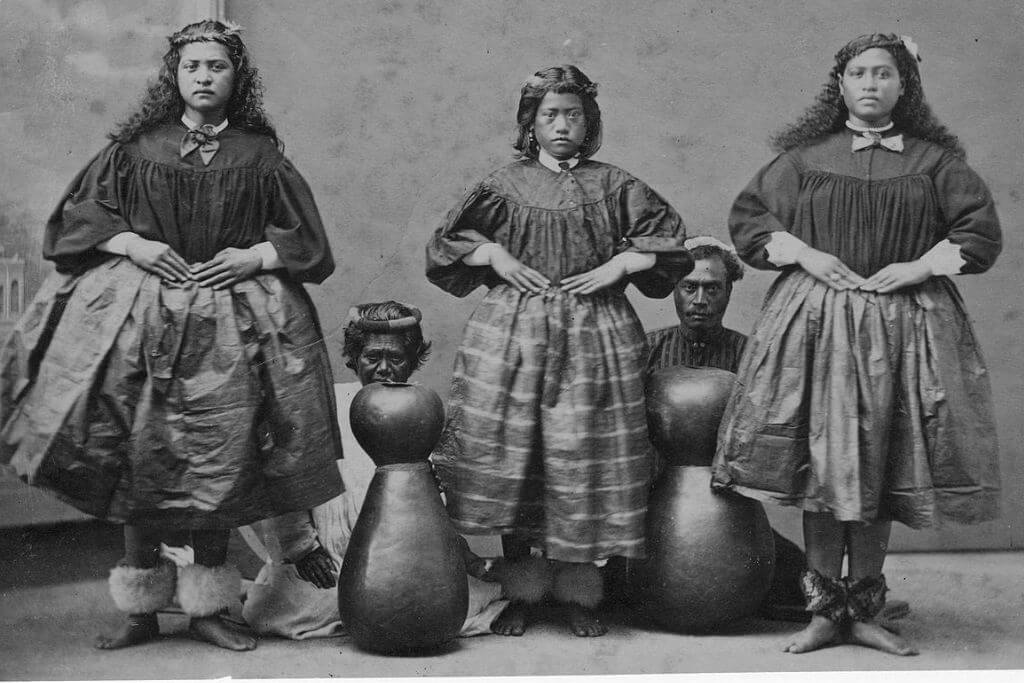
Native Hawaiians
Native Hawaiians, sometimes referred to as Kanaka Maoli, are the original inhabitants of the Hawaiian islands (and their descendants). They descended from the first Polynesians who arrived in Hawai'i and were established there in the fifth century AD.
The term "Native Hawaiian" refers to a race in the United States. 690,000 persons claimed to be native people or to be part of a mixed race that includes Native Hawaiian or Pacific Islander in the most recent Census. There could only be 5,000 pure-blood Native Hawaiians left in the world today.
If you are interested in Hawaii Shirt Collection, please visit our online store HERE. In particular, we have a 15% discount code exclusively for the readers reading this article! Please insert code: POLYBLOG15 for your cart. Happy shopping!
Native Hawaiians Almost Became Extinct
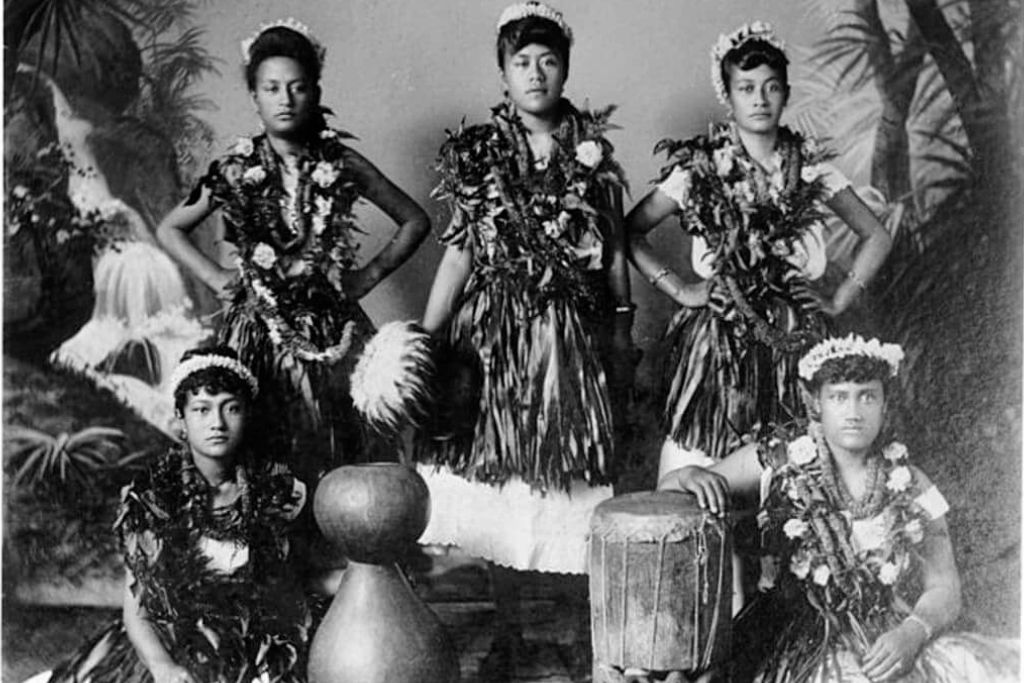
Native Hawaiians
English explorer Captain James Cook entered Waimea Bay in Kaua'i in 1778, making the first known western encounter with the Hawaiian Islands. He docked at Kealakekua Bay in Kona, Hawaii's Big Island, the next year. When Cook arrived in Hawai'i, it was thought that between 400,000 and as many as one million Native Hawaiians were residing on the principal Hawaiian islands.
Diseases that affected the rest of the world were not known in Hawai'i because the state is made up of a collection of islands that are cut off from other land masses and people. Yet, within a century of Cook's initial landing, the native population had been wiped out and had decreased to only 40,000. Smallpox, measles, influenza, sexually transmitted infections, whooping cough, and the common cold were among the "new" illnesses blamed for the deaths.
Hawaiians Rapidly Acquired Literacy After Encounter with the West
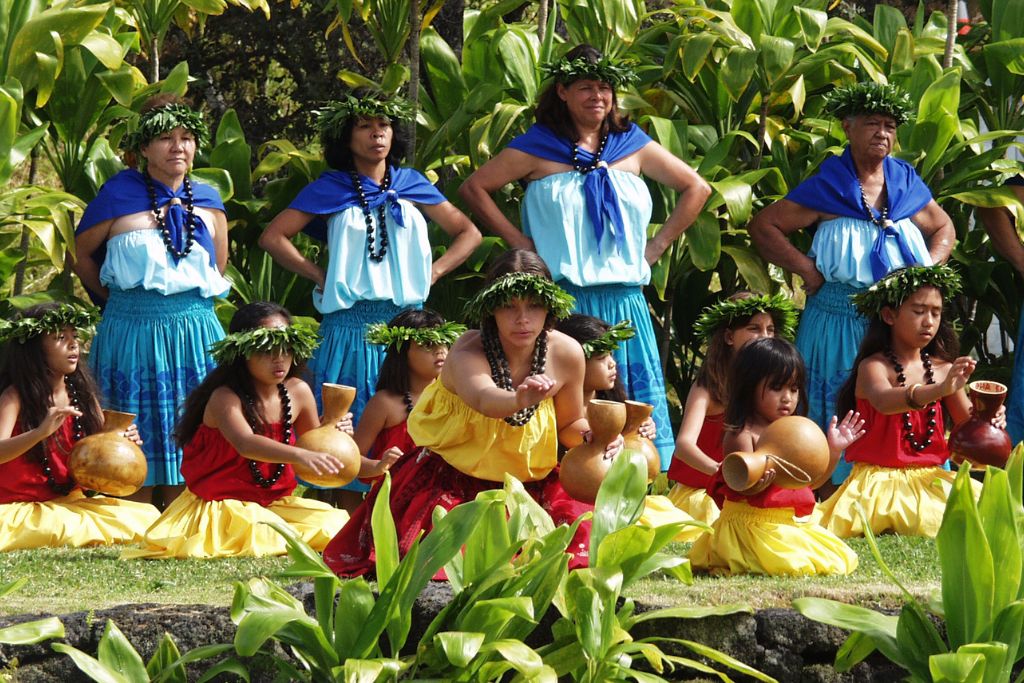
Hawaiians
Around 1820, the first missionaries who were Christians arrived in Hawaii. Soon after, Hawaiian kids started going to school and picking up the language's reading and writing skills.
According to a newspaper article from 1869, Hawai'i was the only Pacific region government to visit a Paris exposition. Newspapers, Bibles, textbooks, lawbooks, agricultural goods, and other symbols of "civilization" were on display in Hawaii at the occasion.
The common man in Hawai'i is apparently taught the same kinds of topics that only the European elite of the period was permitted to learn, which reportedly shocked European visitors to the Islands.
The United States of America illegally toppled the government of Hawaii
The government of Hawaii was illegally overthrown on January 17, 1893. Together with American and European merchants, US Marines from the USS Boston, two companies of US sailors, and US Government Minister John L. Stevens landed at Honolulu Harbor and carried out an unauthorized coup against Queen Lili'uokalani.
What drove them to do this? Greed, ownership of affordable land, and control over the sugar business. Sanford Dole, who some people refer to as a "sugar baron," served as the leader of the businesses and sugar planters. James Dole, also known as the "pineapple king," Sanford's cousin, founded the Hawaiian Pineapple Company, which launched the Hawaiian pineapple business. You are certainly familiar with the Dole brand.
Native people were colonized in the years that followed, and they had to adapt to losing their homes to the biggest superpower in the world. An endless flow of visitors and immigration from other states and international nations followed this loss. In addition, Pearl Harbor was destroyed because America utilized (and still uses) Hawaii as the base for its Pacific fleet during World War II.
During the time of the Hawaiian monarchy's collapse in January 1893, the landing force of the USS Boston was on station at the Arlington Hotel in Honolulu.
Hawaiian people were outlawed as a language
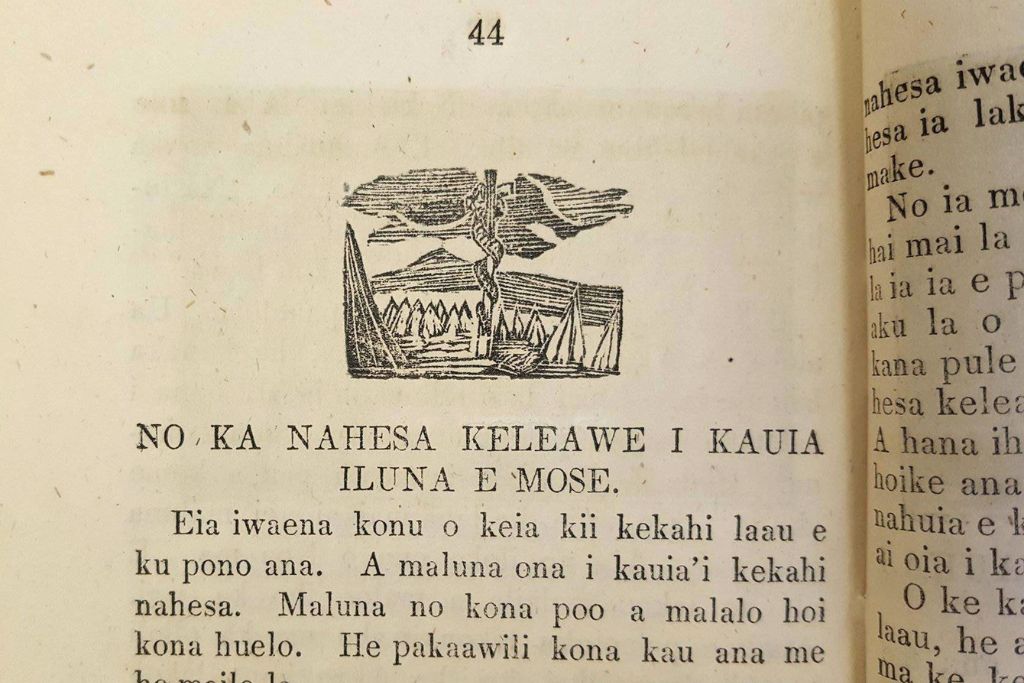
Hawaiian Language
A regulation prohibiting the teaching of school subjects in any language other than English was passed three years after the Hawaiian government was toppled. They were no longer used as the official language of government, commerce, and education.
So the process of settling the Hawaiian Islands began; kids were expelled from school for speaking Hawaiian, and those who did so at home faced scorn. For four generations, the Hawaiian language and culture were deliberately suppressed, and the language was almost lost as a result of parents and grandparents who felt awkward passing it on to the next generation.
Hawaiian language instruction in schools was not again permitted in Hawai'i until a constitutional amendment was adopted in 1978 (!). Even though a Hawaiian Immersion Program didn't start until 1987 when Hawaiian started being taught in public schools. Less than 1% of the populace was thought to speak Hawaiian at the time.
Although the Hawaiian language is currently listed as "critically endangered" by the United Nations Educational, Scientific and Cultural Organization, more than 18,000 people claim to speak Hawaiian at home, according to the most recent American Community Survey. That is roughly 1.3% of the population of Hawaii. Despite the slow progress, there has been progressing.
Ka Haka 'Ula O Ke'eliklani, the College of Hawaiian Language at the University of Hawaii at Hilo, was the nation's first institution to be wholly run and controlled in an indigenous tongue. Ka Haka 'Ula started offering a Master's degree in 1999; a doctoral program in the Hawaiian language followed in 2004.
If you are interested in Hawaii Bomber Jackets, please visit our online store HERE. In particular, we have a 15% discount code exclusively for the readers reading this article! Please insert code: POLYBLOG15 for your cart. Happy shopping!
Hawaiian natives attempted to fight back
Following the overthrow, Native Hawaiian people made the following attempts to retaliate through the American judicial system:
- Hawai'i became a protectorate of the United States at the same time that Queen Lili'uokalani requested an official investigation through the Cleveland administration, which was carried out by U.S. President Grover Cleveland. The "straw government" in Hawai'i, which now had Sanford Dole as its president, continued to consolidate its control over the islands as Cleveland and his administration came to the conclusion that the overthrow had been illegal ("a grievous wrong has been done"). They then turned the matter over to Congress, where it sat dormant.
- Native Hawaiian people also started a large-scale petition to prevent the formal annexation of Hawai'i to the United States. They believed that Congress would reinstate Hawai'i's independence if they learned that native people didn't want to be a part of the United States. Of the 39,000 native people who were known to live on the five main islands, 21,269 signed the petition during public hearings. Given that many of the remaining figures were youngsters, this astounding majority is astounding.
- Queen Lili'uokalani took her complaint and petition all the way to Washington, D.C., where she delivered them to Congress. A journey of this length required months to complete at the time by land and sea. Regrettably, Queen Lili'uokalani's expedition ended in failure. President Cleveland had asked Congress to act, but since President William McKinley's administration had taken office, a new Congress had been elected. The United States didn't want to cede Hawai'i's strategic location in the Pacific at that time since the Spanish American War was about to break out.
1.2 million acres of Hawaiian crown lands that belonged to the monarchy and to the nation of Hawai'i were illegally annexed as a U.S. territory in 1898, despite the efforts of the Native Hawaiians and their Queen.
Hawaiians of Native Descent Are Reviving Their Language and Traditions
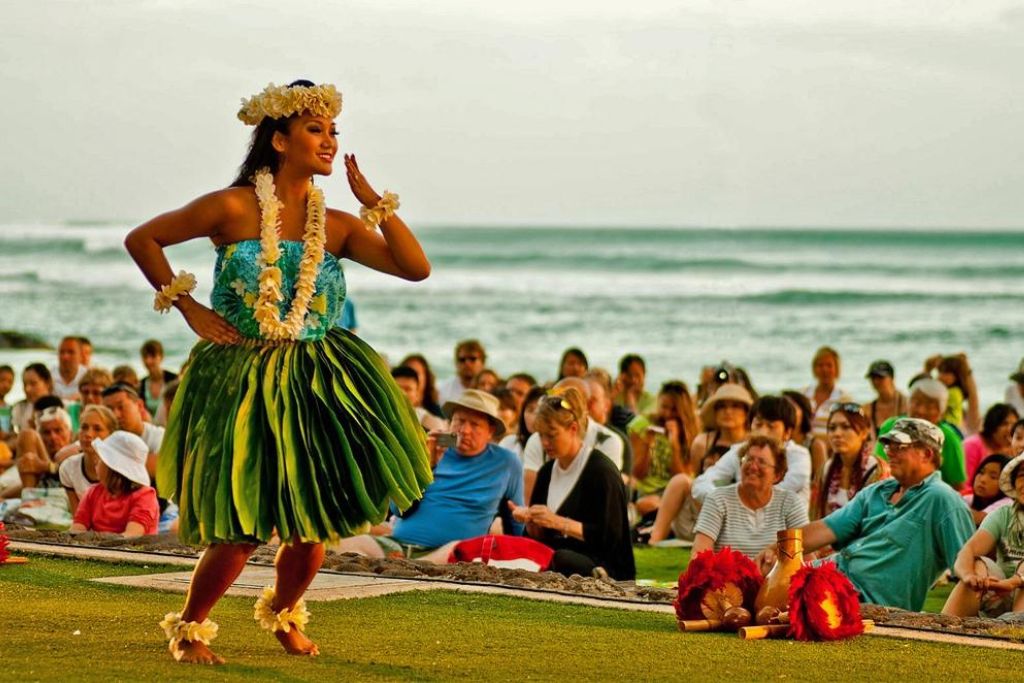
Hula Dance
The Office of Hawaiian Affairs (OHAmost )'s recent Native Hawaiian Statistics Book estimates that Native Hawaiians make up around 20% of the state's population, yet they are still actively seeking their rightful place in contemporary Hawai'i and reclaiming some measure of self-governance. This involves fair restitution for the illegitimate overthrow and the lost nation.
Native Hawaiians Continue to Fight for Self-Government
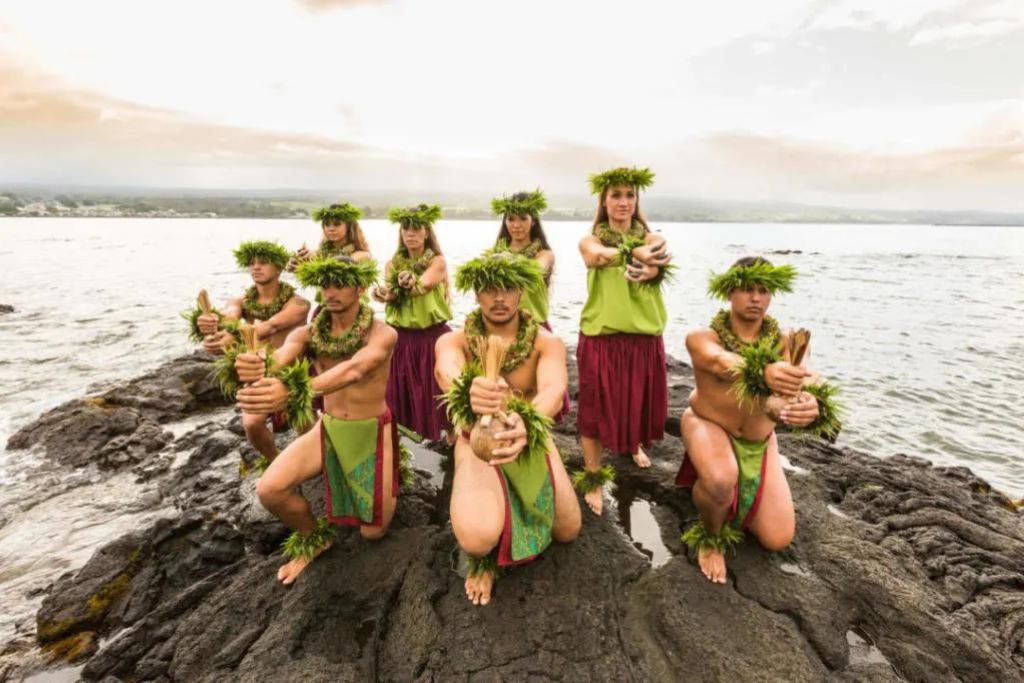
Native Hawaiians
The turmoil of people who love their country is obvious in modern-day Hawaii. Opinion and reality occasionally clash, and many people's hearts and minds are still being penetrated by the threat of generational colonialism. More than a century of dissatisfaction with America's alleged disdain for native rights has led to this upheaval, which is a legitimate response.
To give Hawai'i its proper place in the international community of countries, continuing efforts are being made. The links provided below can be used to learn more about native people, the sovereignty movement in Hawai'i, and the de-occupy movements.
Check out our Hawaii T-Shirt Collection at HERE. In particular, we have a 15% discount code exclusively for the readers reading this article! Please insert code: POLYBLOG15 for your cart. Happy shopping!

